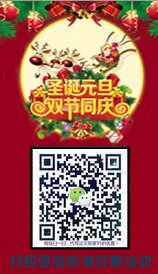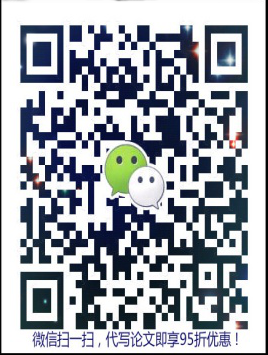英语毕业论文:COMPUTERS IN LANGUAGE TESTING
论文作者:None论文属性:硕士毕业论文 dissertation登出时间:2008-01-17编辑:点击率:28703
论文字数:2000论文编号:org200801172144458283语种:英语 English地区:中国价格:免费论文
关键词:COMPUTERSLANGUAGE TESTING
This article begins by exploring recent developments in the use of computers in language testing in four areas: (a) item banking, (b) computer-assisted language testing, (c) computerized-adaptive language testing, and (d) research on the effectiveness of computers in language testing.
The article then examines the educational measurement literature in an attempt to forecast the directions future research on computers in language testing might take and suggests addressing the following issues: (a) piloting practices in computer adaptive language tests (CALTs), (b) standardizing or varying CALT lengths, (c) sampling CALT items, (d) changing the difficulty of CALT items, (e) dealing with CALT item sets, (f) scoring CALTS, (g) dealing with CALT item omissions, (h) making decisions about CALT cut-points, (i) avoiding CALT item exposure, (j) providing CALT item review opportunities, and (k) complying with legal disclosure laws when using CALTs.
The literature on computer-assisted language learning indicates that language learners have generally positive attitudes toward using computers in the classroom (Reid, 1986; Neu & Scarcella, 1991; Phinney, 1991), and a fairly large literature has developed examining the effectiveness of computer-assisted language learning (for a review, see Dunkel, 1991). But less is known about the more specific area of computers in language testing. The purpose of this article is to examine recent developments in language testing that directly involve computer use including what we have learned in the process. The article will also examine the dominant issue of computer-adaptive testing in the educational measurement literature in an attempt to forecast some of the directions future research on computers in language testing might take.
CURRENT STATE OF KNOWLEDGE ON COMPUTERS IN LANGUAGE TESTING
In reviewing the literature on computers in language testing, I have found four recurring sets of issues: (a) item banking, (b) computer-assisted language testing, (c) computer-adaptive language testing, and (d) the effectiveness of computers in language testing. The discussion in this section will be organized under those four headings.
Item Banking
Item banking covers any procedures that are used to create, pilot, analyze, store, manage, and select test items so that multiple test forms can be created from subsets of the total "bank" of items. With a large item bank available, new forms of tests can be created whenever they are needed. Henning (1986) provides a description of how item banking was set up for the ESL Placement Examination at UCLA. (For further explanation and examples of item banking in educational testing, see Baker, 1989, pp. 412-414, or Flaugher, 1990.)
While the underlying aims of item banking can be accomplished by using traditional item analysis procedures (usually item facility and item discrimination indexes; for a detailed description of these traditional item analysis procedures, see Brown, 1996), a problem often occurs because of differences in abilities among the groups of people who are used in piloting the items, especially when they are compared to the population of students with whom the test is ultimately to be used. However, a relatively new branch of test analysis theory, called item response theory (IRT), eliminates the need to have exactly equivalent groups of students when piloting items because IRT analysis yields estimates of item difficulty and item discrimination
本论文由英语论文网提供整理,提供论文代写,英语论文代写,代写论文,代写英语论文,代写留学生论文,代写英文论文,留学生论文代写相关核心关键词搜索。

 英国
英国 澳大利亚
澳大利亚 美国
美国 加拿大
加拿大 新西兰
新西兰 新加坡
新加坡 香港
香港 日本
日本 韩国
韩国 法国
法国 德国
德国 爱尔兰
爱尔兰 瑞士
瑞士 荷兰
荷兰 俄罗斯
俄罗斯 西班牙
西班牙 马来西亚
马来西亚 南非
南非






